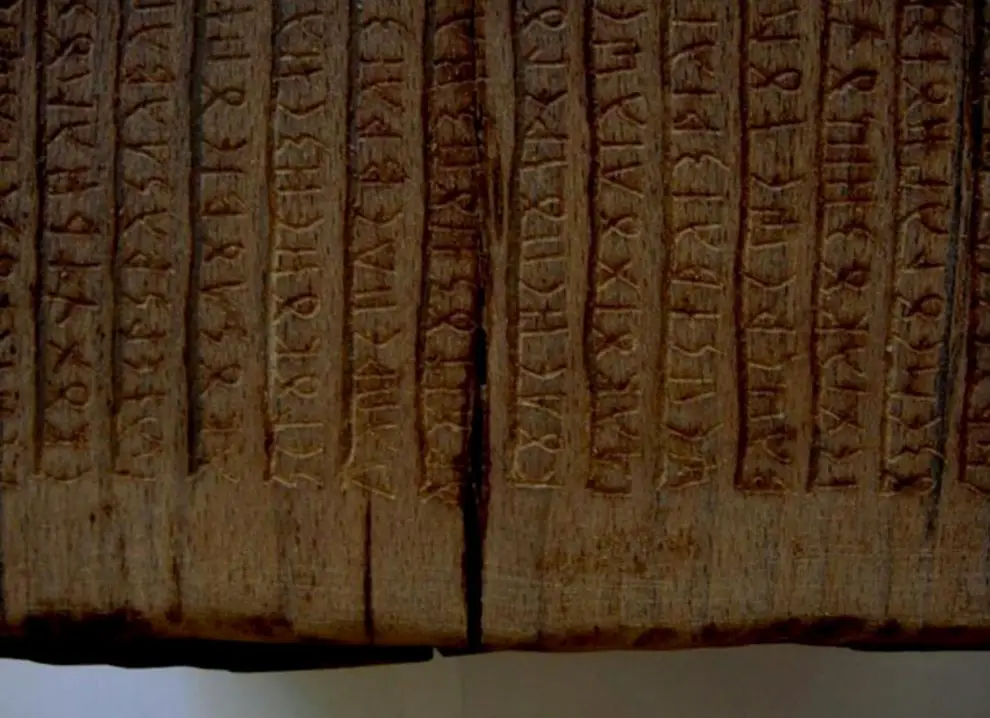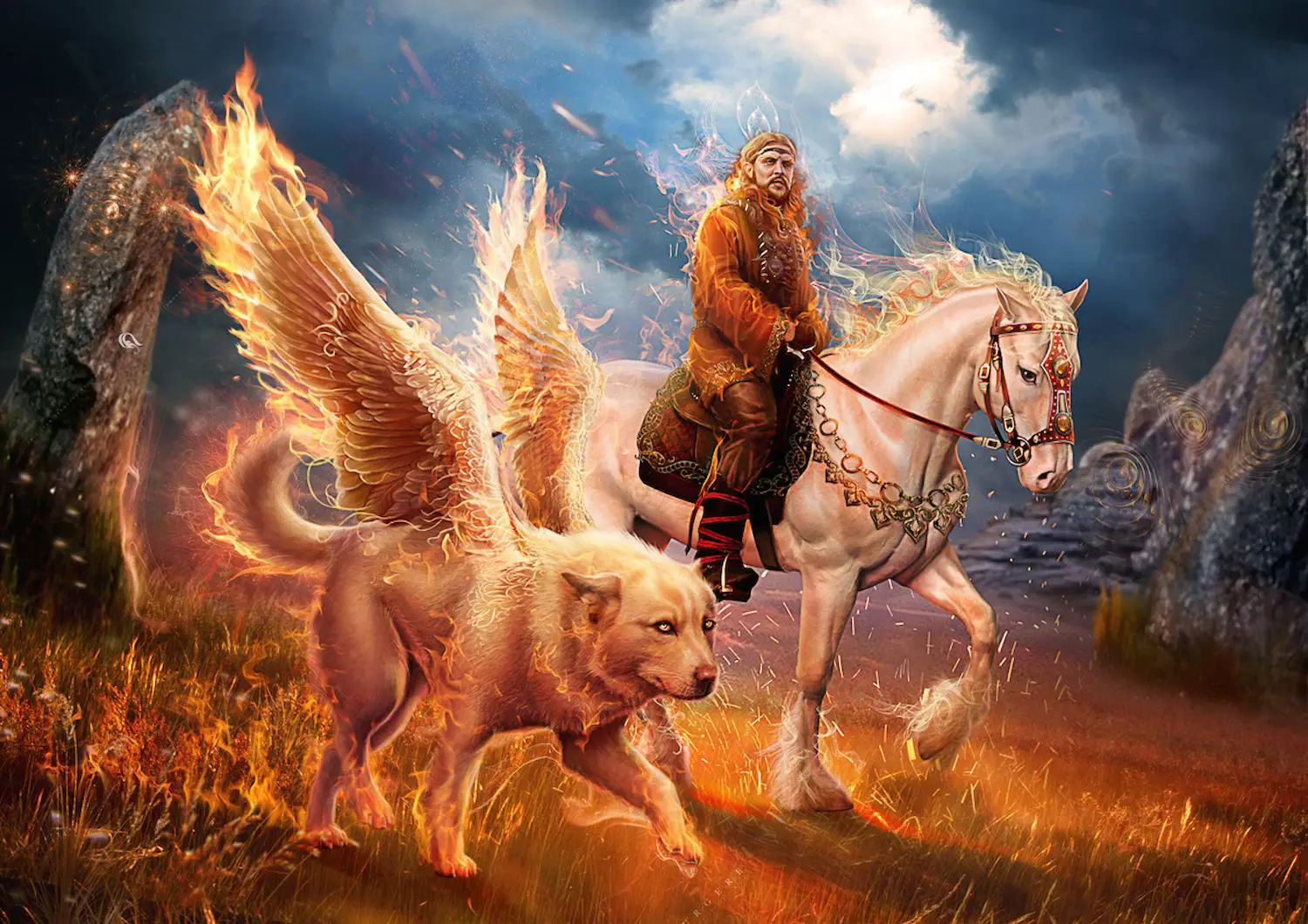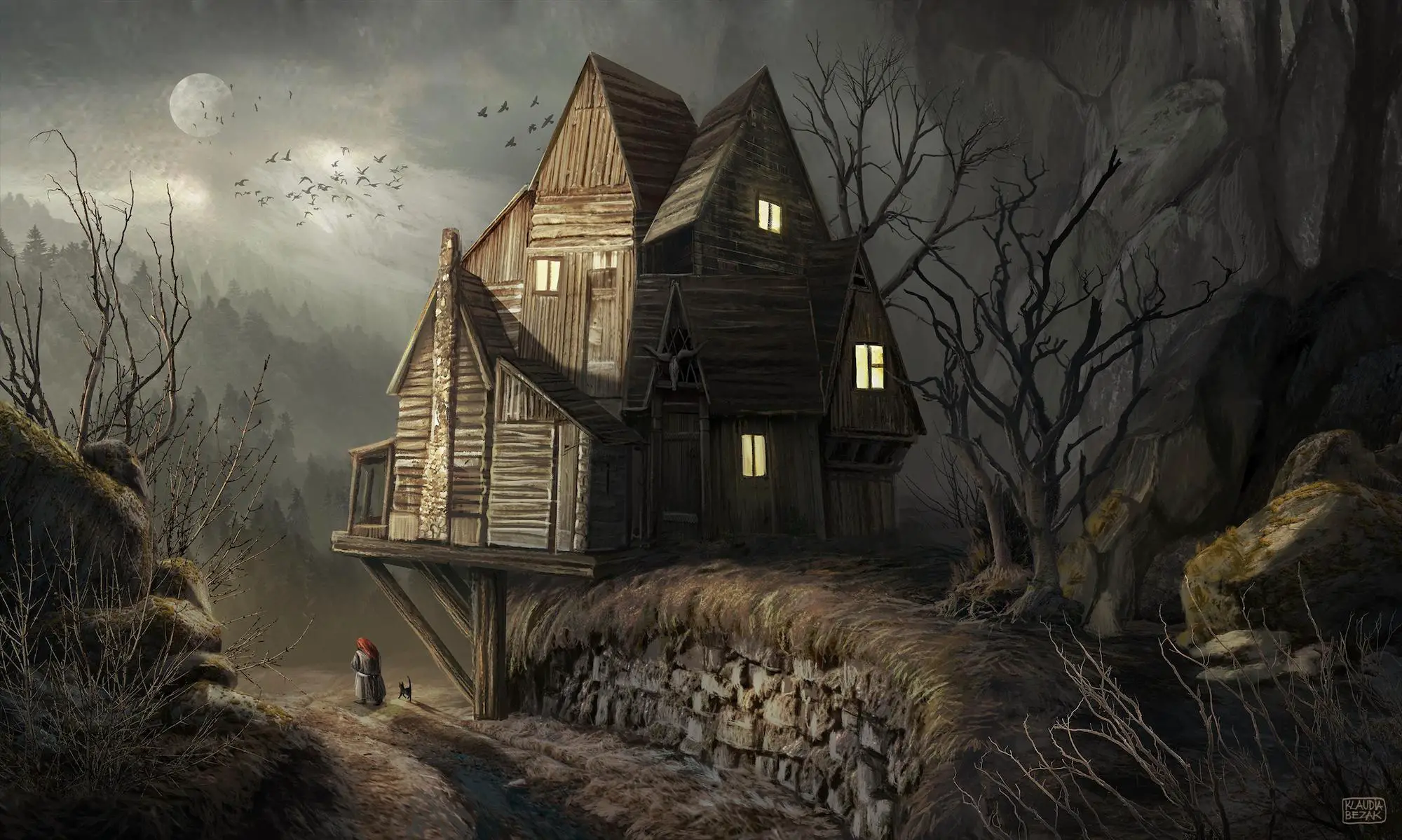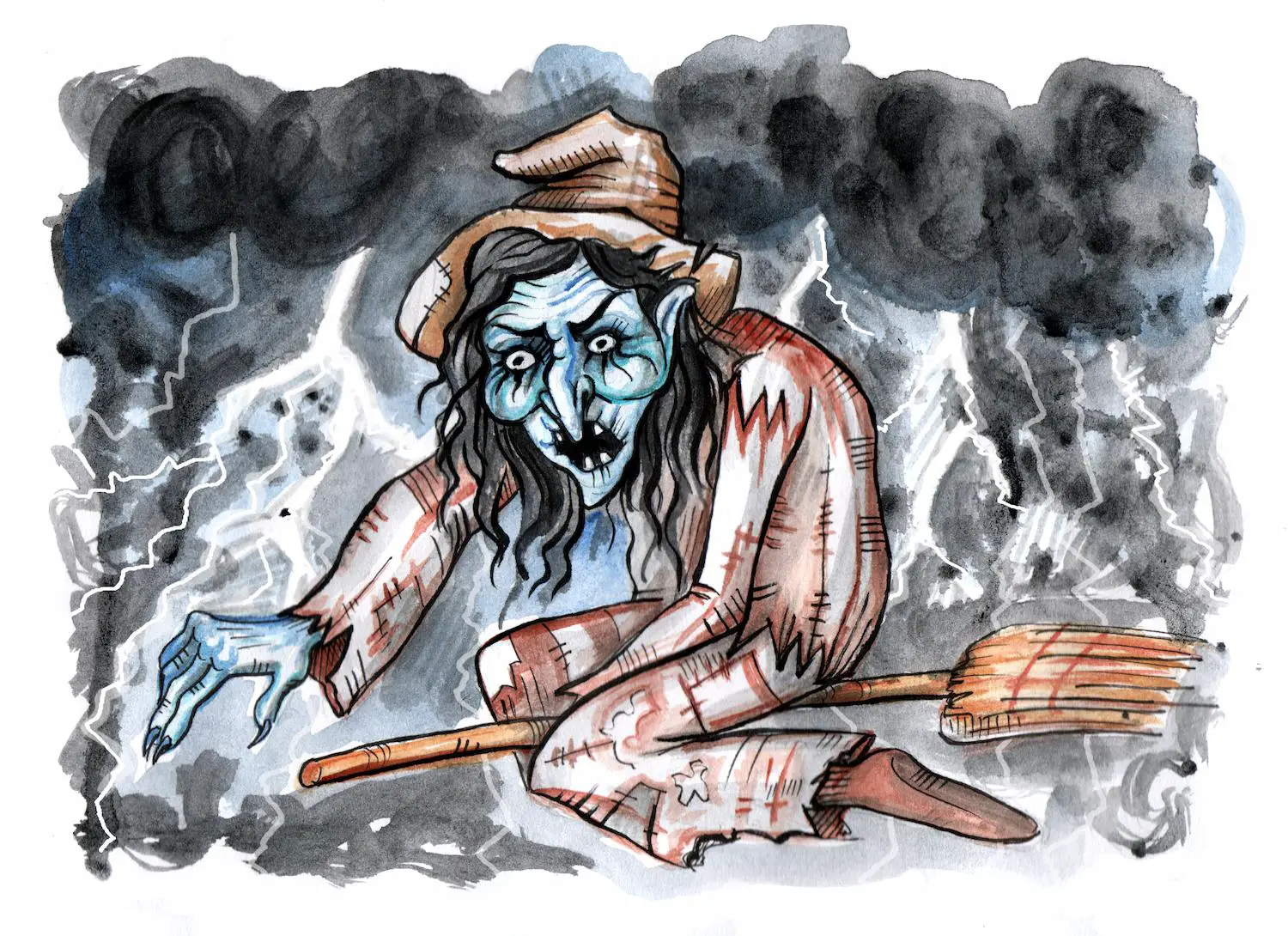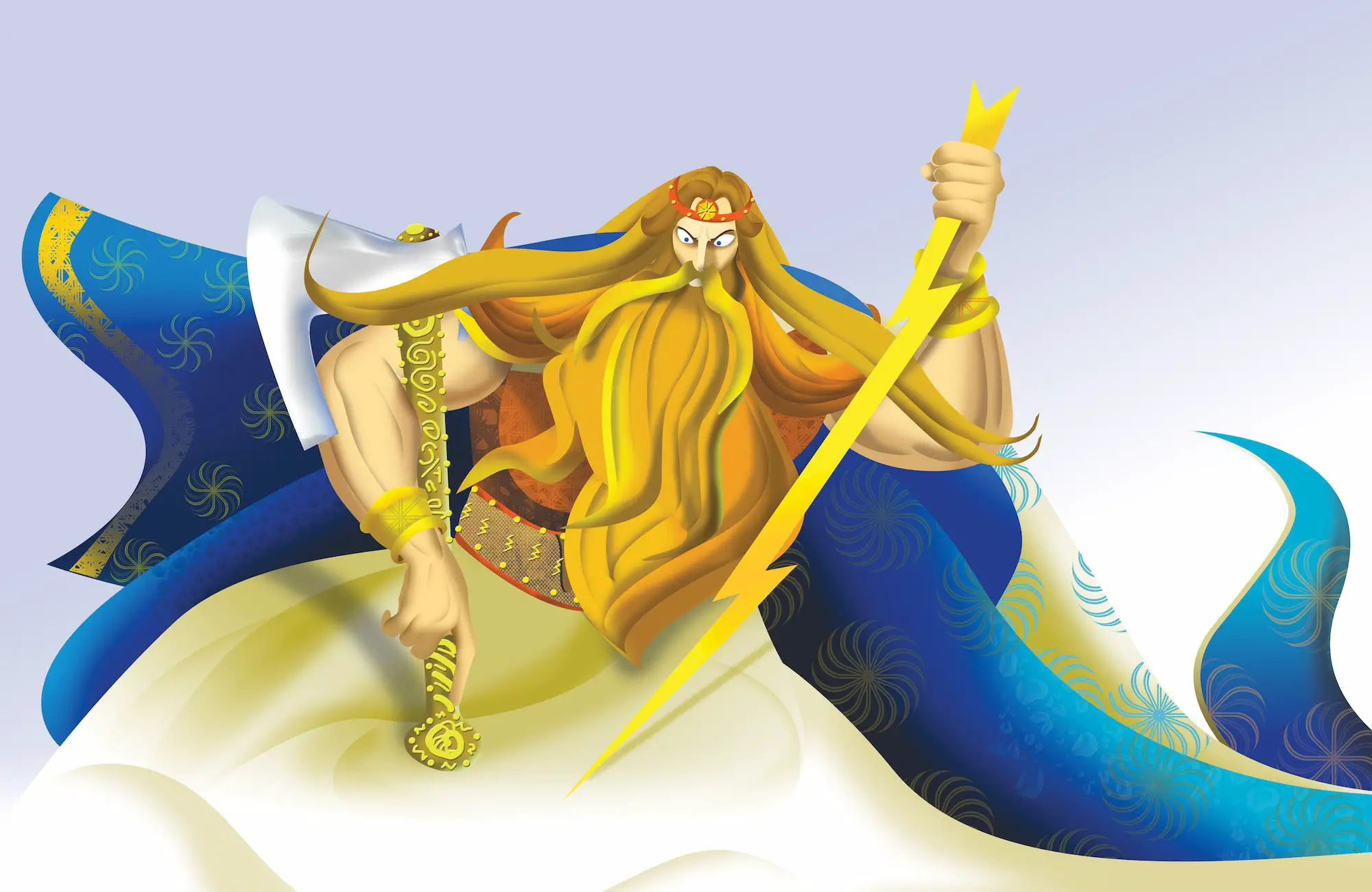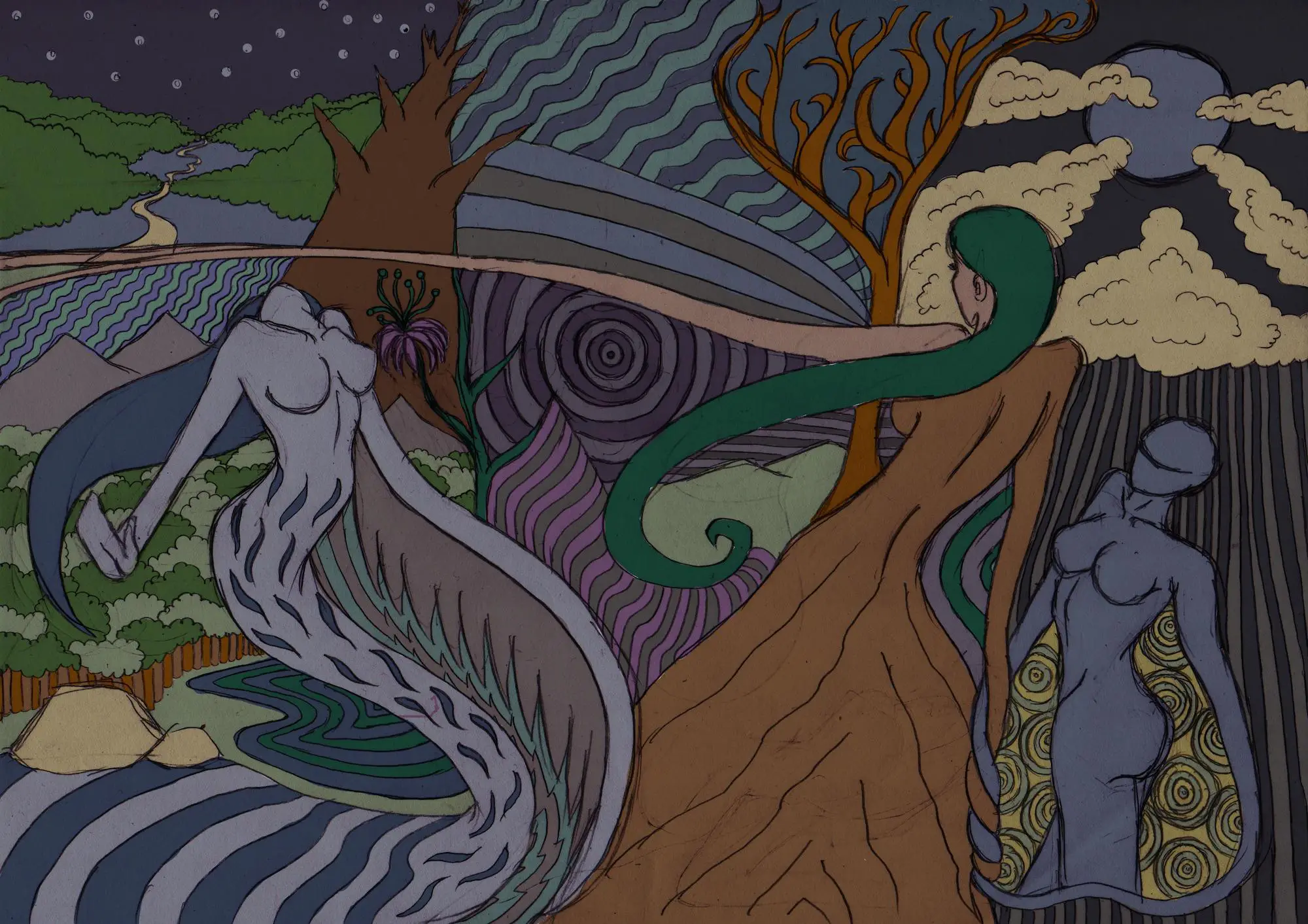Slavic mythology refers to the Slavic polytheistic religion which was practiced by the Slavs before the period of Christianization. This religion has many common traits with other religions that derive from the Proto+ Indo+ European religion.
The Slavic mythology is not inscribed in any verified, first-hand source like the Greek or Roman mythology. In fact, historians and ethnographers find it very hard to actually prove that there was a Slavic writing system prior to Christianization [1].
It is believed that the religious traditions, customs, and beliefs of the Slavic people were orally passed down from one generation to the other and many of the wiped off by the test of time upon the rise of Christianity.
Before the Christianization, there are only a few historical records of Slavic religion that were mainly noted by Christian missionaries who were not Slavic and who captured only a few images of the Slavic paganism at the time.
Though cults and statues have been found as archeological remains in temples and shrines, there is no firm evidence about their context, so most of the mythological pagan beliefs that have survived till today are expressed in folk songs, stories, and customs in contemporary Slavic countries.
Despite the fact that there are no acclaimed sources of written accounts of Slavic mythology which would explain the division into Western, Eastern, and Southern Slavs from the Proto+ Slavic tribe, there are a few controversial written sources regarding this matter and one of them is the famous Book of Veles.
Table of Contents
The Book of Veles in Slavic History
The Book of Veles has been disputed on a great number of occasions, especially by the Russian Orthodox Church and most of the scholars who deal with Slavic mythology have concluded it as a forgery [2].
The Book of Veles claims to be an authentic written record of the ancient Slavic religion that dates from the 9th or 10th century CE, written in Cyrillic alphabet though it cannot be proven that the Slavs had any writing system before the Christianization.
The Slavs used the Cyrillic alphabet which was named after the missionary St. Cyril who created the first writing system for the Slavs along with his brother St. Methodius. Cyril and Methodius baptized the Slavs in the 9th century and thus spread the usage of this writing system.
Related post
Authenticity of the Book of Veles
Most of the Slavic neopagans consider the Book of Veles as a sacred text and insist on the fact that it is authentic,
Reportedly, this ancient book was written on birch barks and then was lost, therefore it is impossible to establish its authenticity in the present.
According to the supporters of the Book of Veles, this supposedly medieval written text lays out historical, religious, and cultural facts about Slavic people and their lives from 7th century BC until 9th century AD.
The Book of Veles was discovered in the early 20th century in a shabby Ukrainian castle by Isenbeck Arthurovich, He left his homeland Russia and traveled for many years before he finally moved to Brussels and brought the Book of Veles with him.
He presented it to the Russian scientist Yuriy Mirolubov who examined the wooden planks and spent the following 15 years in translation and decoding of the carved text.
Mirolubov then concluded that The Book of Veles written on the wooden planks contained the oldest form of Slavic alphabet which shared many similarities with the Cyrillic alphabet.
This book can be also found under the name of Veles Book, Vles book, Vles knjiga, Isenbeck’s planks, Vlesbook or Велесова книга, Книга Велеса, Дощечки Изенбека, Дощьки Изенбека.
Book of Veles Contents
The Book of Veles was made of 42 planks made of birch wood of 15 inches by 8.7 inches. It contained text written in letters that had different shape and size, therefore, it was assumed that different parts of the text were written on the planks at different times.
Some planks contain symbols that appear like bullheads, as well as shapes that represent the sun and some types of animals that probably represented the months of the year.
It was said that the planks were scrubbed before the letters had been carved and then they were painted with a darker layer of paint that slowly faded as time went by.
The beginning of the book has been translated as “This book of Veles we dedicate to our praised god who is our strength and our shelter.”
In Slavic mythology, Veles was the god of agriculture, fertility, and cattle who supported and help people in need and took care of their wellbeing and prosperity during the entire year.
The Scripture
According to the blog “The Book of Veles”, the following is the translation of the first passage in the scripture:
“In those days was the man so gentle and brave they called him the father of Russians.
And that man had a wife and two daughters. He had cattle and cows and many sheep and he dwelled in the steppe so nowhere could he find husbands for his daughters and he prayed gods so his line does not perish like that. And Dajbog granted his request and gave him what he was praying for. So were married those who live among us.
And we are obliged to believe because it clearly is god Veles that brings forth the offspring. We owe to our gods and so we give them praise:
Let our leader be blessed now and for eternity.”
The short synopsis of the Book of Veles, as described by some sources, explains that the story begins in the 10th century BC when the pre-Slavic tribes lived somewhere around the southeastern region of Kazakhstan. The Slavic people then migrated to Syria and from there continued their journey to the Carpathian Mountains in the 5th century BC on the territory of today’s Poland.
After a few peaceful centuries, the Slavs entered wars with the Greeks, the Romans, Goths, and Huns in the 4th century AD. The Book of Veles then continues with references to king Ermanaric.
King Ermanaric is presented as a ruler of a great kingdom and someone who continuously fights against the Slavs but always ends up defeated. The book then describes events that took place in the period from the 5th to 9th centuries before the Norman conquest.
In addition, the second plank of the translated version of the Book of Veles talks about the hardships the Slavic tribes encountered as they tried to settle:
“We were forced to retreat to woods and live as hunters and fishermen. So we could get away from danger. We survived one darkness and started to build cities and houses everywhere. After the second darkness, there was great frost and we moved to south for many places there were grassy … and then Romei were taking our cattle at a good price and were true to their word. We went to southern … green grassland and had a lot of cattle .”
Slavic Gods and Goddesses in the Book of Veles
A great number of the gods and goddesses that are a reference of the Slavic mythology, such as Triglav, Svarog, Perun, and Svetovid are mentioned in the so-called 11th wooden plank of the Book of Veles, presented as holy companions to the tribe members:
“You hold us in life by never-ending turning of the circle and lead to the path
of Prav through battles to Great Trizna”. And all who got killed in the battle –
may they live forever in the Perun’s regiment. To god Svetovid glory we
are exalting for he is the god of Prav and Jav and to him we sing the song for he is the light
with which we see the world. We are looking and in Jav we are, and he from Nav
guards us and therefore praise we sing him. We sing and dance to him and call
god of ours to Earth, Sun and stars constantly in light keeps.
And glory all to Svetovid, god of ours that
hearts ours opens for us to admit bad deeds ours
and to good we turn. May he hug us like children for this has been said:
what is created with half of the mind could not be seen,
for it is a great secret how can Svarog be at the same time both Perun and Svetovid.
Two beings in skies Belobog and Crnobog are
And both of them Svarog holds and commands them.
After them come Hors, Veles and Stribog and then Visenj, Lelj and Letic.“
Scientific Conclusions
Finally, if one relies on the conclusions brought by professional historians and linguists who have specialized in ancient Slavic, the scientific examinations question many of the features in the Book of Veles, including the vocabulary, spelling, and phonetics.
Scientists claim that the text in the Book of Veles was created by someone who insisted on including elements of a so-called ancient Slavic language but with an evident lack of knowledge of the grammar system.
Regarding this matter, the philologist O.V Tvorogov has reported that the linguistic analysis has led scientists to conclude that they were dealing with an artificial language that was invented by someone who could not create his own language system and was insufficiently acquainted with the structure and history of Slavic languages.
Most of the academic circles consider the Book of Veles a hoax that is controversial enough to take part in any school or educational program although attempts of this kind were made back in 1999 in Ukraine when the book was included in the high school program of history education
Pan Slavic Views
According to some examiners of the Book of Veles, the authenticity of it shouldn’t be regarded as the most important element in its historical value.
Although it may not be a verified factbook, it can be observed as a text full of fantastic imagery that brings entertainment to readers and provokes their imagination. Thus, it shouldn’t be banned or banished for readers as a forgery.
In addition, it has been said that the Book of Veles inspired Pan- Slavism among readers who also don’t rely completely on the validity of its story nor they consider it factual.
Pan-Slavism is a movement that emerged in the middle of the 19th century and it represents a political ideology that is focused on the integrity and unity of the people from Slavic- speaking countries.
It is said that Pan-Slavism mainly took over the Balkan countries where non-Slavic empires such as the Byzantine Empire, Austro- Hungarian Empire, the Ottoman Empire, and Venice ruled over the South Slavic people for centuries.
The Pan-Slavism emerged from the sense of unity and nationalism which was experienced in ethnic groups like other Romantic nationalist movements at the time.
Slavic intellectuals and scholars created an active environment for encouragement and support of national shared identity, culture, and ancestry, especially in the fields of folklore, history, and philology.
Fast forward to modern times and the idea of the unity of the Slavic people, it is worth noting that the idea itself was put to rest until the fall of communism in Central and Eastern Europe at the end of the 1980s.
When the federal states such as Czechoslovakia and Yugoslavia broke up, an issue with Russian dominance in all-Slavic organizations appeared so the idea of the pan-Slavic unity lost its strength and appeal in the western world.
Nowadays, only the organizations that deal with culture and heritage reproach the question of unity among countries with Slavic origins based on mutual respect and tradition.
References
- https://en.wikipedia.org/wiki/Book_of_Veles
- https://www.academia.edu/10255821/Slavic_mythology







